QuestionHI Corlena, I have a 13 yr old TB Mare and have been working over the past
six months to put weight on and improve her overall condition. She now looks
wonderful and has put on weight. She is currently on two grain feedings a day
of Purina High Fat/ High Fibre with a cup of corn oil and unlimited hay. She
was on Beet Pulp but I stopped it two weeks ago because she seemed unable
to finish her feeds, the volume just seemed too much. The coach has
suggested I put her on senior feed to decrease her energy level but the barn
manager disagrees and says she is too young and her teeth are good and
therefore does not need senior feed. I am hesitant to cut back the corn oil
because I fear the weight will come off - I did have her on flax oil for a while
but was advised to switch to corn. I would not call her hot but she is very fast
when excited, ie jumping courses
I would really appreciate your feedback
Thank you
AnswerHi Karen,
Thank you for your question.
From what I've read, there should not be a need to change your mare off the Hi Fat / Hi Fiber feed (now sold as Integri-T). The differences in nutritional value of the two is very little (and both would have a very similar Digestible Energy level), although there are slight variations in the ingredient base. The Integri-T has no added starch (much like the senior) and contains the same amount of fat as the Evolution Senior. The Senior feed actually uses beet pulp as it's fiber source, whereas the Integri-T uses fiber sources like wheat shorts and soya hulls (an industry standard). Senior horses find the beet pulp easier to convert to energy than something like soya hulls, but younger horses like your mare should do just fine on Integri-T fiber sources. If you were feeding Integri-T plus beet pulp you were achieving the same thing. The advantage to feeding the senior (to older horses with compromised digestive systems) is that it has higher protein levels (from added isolated amino acids)and it uses chelated minerals. These added benefits will help younger horses too but comes with a higher price tag so you need to decide if your horse needs it enough to warrant spending more money. From a practical standpoint, the answer is no...unless your horse is having weight and muscle gain problems. Because neither feed contains added starch, neither one will make a nutritional contribution to a 'hot attitude'...so the senior feed will not make your horse less 'hot' than she is on the Integri-T.
In theory, horses eat to meet an energy requirement and will stop eating and leave feed if they have eaten enough energy in a day. This is probably the case with your mare from what you have described so no need to worry. Beet pulp is an excellent (and safe) way to add weight to 'hard keepers' so if she does start to loose weight with the pending winter or a heavier work load it is something you can add back in to the diet at which point she will probably eat it again.
A quick word about the oil in the diet. I think adding oil is a useful tool...but believe in carefully choosing what kind of oil you use. All vegetable oils will contain the same amount of energy...they are all 99% fat. But some oils can have added health benefits while others create small health issues. I'm sure you've heard of the benefits of eating Omega-3 fatty acids (fats)...and the same is true in feeding horses. Fatty acids are fat chains that make up fat, that can also serve as precursors (building blocks)for body chemicals (prostaglandins) that carry signals throughout the body. Omega-6 fatty acids create substances that carry inflammatory and pain signals throughout the body. When a horse injures itself, the Omega-6s in the diet will increase the pain perception due to injury and create a strong inflammatory (swelling) response. On the other hand, Omega-3 fatty acids produce substances that signal tissue repair and anti-inflammatory response...which in an injured horse means less swelling and faster healing. An ideal healing response to injury in a horse requires a ratio of Omega-6 to Omega-3 fatty acids of 5:1...very close to that of people. It is necessary for an injured horse to experience some pain (to signal them to slow down and prevent further injury) and some swelling (to prevent further tissue breakdown). But once these signals occur, they need to be counteracted by the Omega-3s to eliminate swelling and repair tissue. So what does this have to do with feeding fat??? Well every vegetable fat has a different fatty acid profile (they are made up of different types of fatty acids) so some are very high in Omega-6s while others have built in fatty acid profiles that match what we are looking for to optimize horse healing. For instance, corn oil has a huge Omega-6:Omega-3 ration...which translates into painful injuries with lots of swelling, whereas Flax oil has a ratio of 7:1 which is almost exactly what we are looking for...one which leads to minimal injury response and quick healing times. There is also some suggestion that the high Omega-3 fats will also help minimize the effects of degenerative disorders like arthritis (and OCDs) and the heaves (chronic obstructive pulmonary disorder).
All of this to say that every vegetable fat will bring the same amount of calories to the diet, but Flax oil will also improve healing and minimize degenerative disorders...and you should switch back to the Flax oil that you used to feed.
I hope this has helped clear up some of the debates for you.
Thanks, Corlena

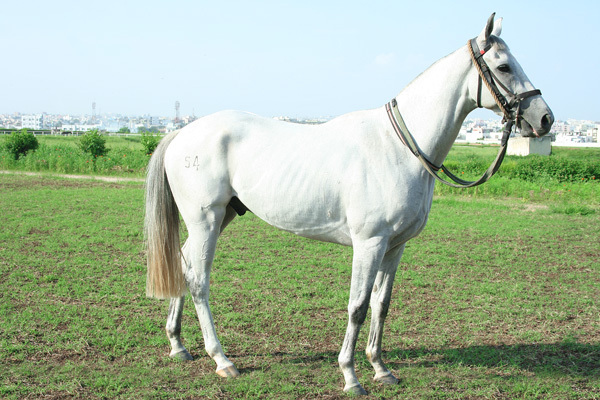 guessing the horse weight seeing it
Question
guess weight
hello maam. this is a thor
guessing the horse weight seeing it
Question
guess weight
hello maam. this is a thor
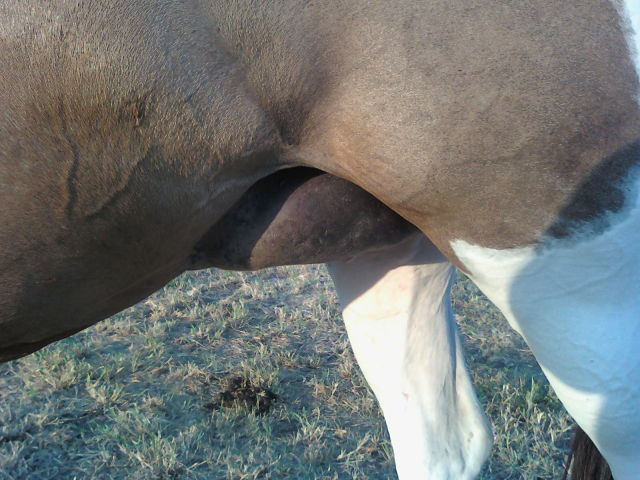 What could my horse be allergic to?
Question
Blue
I have a 14 year old paint mare that just
What could my horse be allergic to?
Question
Blue
I have a 14 year old paint mare that just
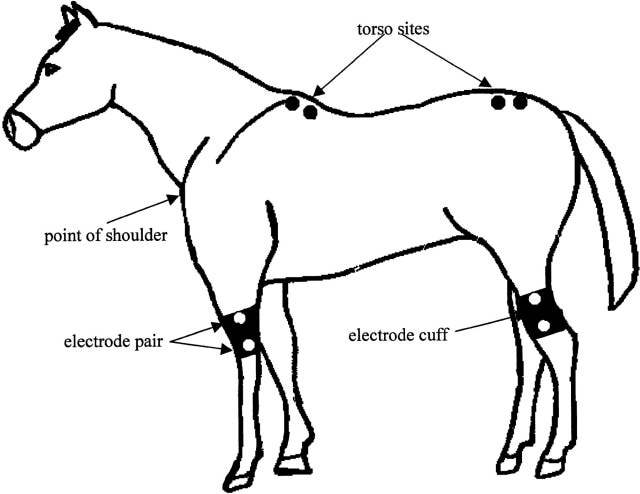 diagram representing
Question
diagram represent
hello maam, can you p
diagram representing
Question
diagram represent
hello maam, can you p
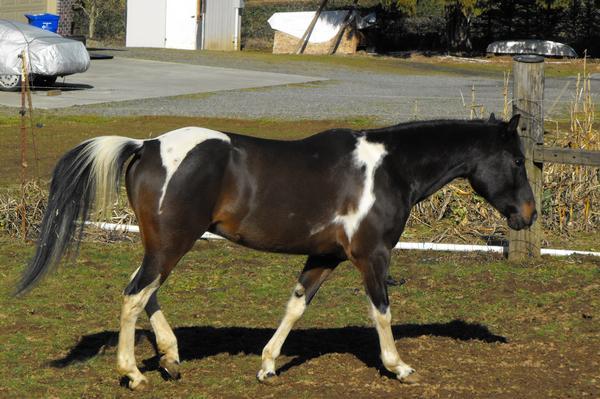 loss of appetite
QuestionElliott
QUESTION: i have a question abou
loss of appetite
QuestionElliott
QUESTION: i have a question abou
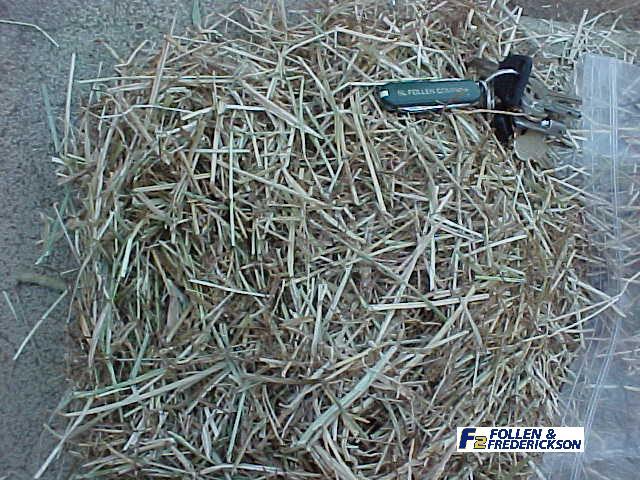 this hay
Question
this hay
hello, what type of hay can this be?
this hay
Question
this hay
hello, what type of hay can this be?